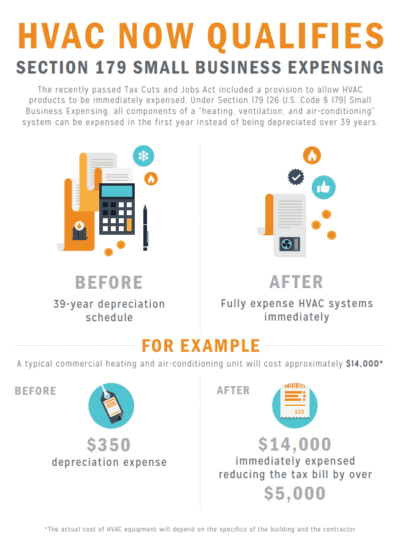The Ultimate Overview To Understanding Heat Pumps - How Do They Work?
The Ultimate Overview To Understanding Heat Pumps - How Do They Work?
Blog Article
Write-Up By-Neergaard Bland
The very best heat pumps can conserve you considerable quantities of cash on power costs. look here can additionally help reduce greenhouse gas emissions, especially if you make use of electricity in place of nonrenewable fuel sources like propane and heating oil or electric-resistance furnaces.
Heat pumps function very much the like air conditioning unit do. This makes them a practical choice to typical electrical home heating unit.
How They Function
Heat pumps cool down homes in the summer and, with a little aid from electrical energy or gas, they supply several of your home's heating in the winter. They're a good option for individuals that wish to reduce their use fossil fuels yet aren't prepared to change their existing heater and air conditioning system.
They depend on the physical reality that also in air that seems also cold, there's still energy present: warm air is constantly relocating, and it intends to relocate into cooler, lower-pressure settings like your home.
A lot of ENERGY STAR certified heat pumps run at close to their heating or cooling capability throughout most of the year, lessening on/off cycling and saving power. For the very best efficiency, concentrate on systems with a high SEER and HSPF rating.
The Compressor
The heart of the heatpump is the compressor, which is additionally called an air compressor. This mechanical flowing tool uses prospective energy from power production to enhance the pressure of a gas by decreasing its quantity. It is various from a pump because it only works with gases and can not collaborate with fluids, as pumps do.
Climatic air goes into the compressor via an inlet valve. It circumnavigates vane-mounted arms with self-adjusting length that divide the inside of the compressor, producing multiple tooth cavities of differing dimension. The blades's spin pressures these cavities to move in and out of stage with each other, pressing the air.
The compressor pulls in the low-temperature, high-pressure cooling agent vapor from the evaporator and compresses it into the warm, pressurized state of a gas. This procedure is duplicated as required to supply heating or air conditioning as needed. The compressor additionally has a desuperheater coil that reuses the waste warmth and adds superheat to the cooling agent, transforming it from its fluid to vapor state.
The Evaporator
The evaporator in heat pumps does the very same point as it carries out in fridges and ac system, changing liquid cooling agent into a gaseous vapor that eliminates warm from the area. https://cost-to-add-air-condition89099.ja-blog.com/29366951/the-conclusive-guide-to-choosing-the-right-dimension-heatpump-for-your-home would not function without this crucial tool.
This part of the system is located inside your home or structure in an indoor air trainer, which can be either a ducted or ductless unit. It has an evaporator coil and the compressor that presses the low-pressure vapor from the evaporator to high pressure gas.
Heatpump absorb ambient warmth from the air, and after that use power to transfer that warm to a home or service in home heating setting. That makes them a whole lot more energy reliable than electric heaters or furnaces, and because they're making use of clean power from the grid (and not shedding fuel), they additionally create far less discharges. That's why heatpump are such terrific environmental selections. (Not to mention a significant reason that they're coming to be so popular.).
The Thermostat.
servicing heat pumps are fantastic alternatives for homes in cold environments, and you can utilize them in combination with typical duct-based systems or even go ductless. They're a wonderful different to fossil fuel furnace or typical electric heaters, and they're much more sustainable than oil, gas or nuclear HVAC devices.
Your thermostat is one of the most essential element of your heat pump system, and it works really in different ways than a traditional thermostat. All mechanical thermostats (all non-electronic ones) job by utilizing compounds that change dimension with boosting temperature level, like curled bimetallic strips or the broadening wax in a cars and truck radiator shutoff.
These strips contain 2 various kinds of metal, and they're bolted together to form a bridge that completes an electric circuit linked to your heating and cooling system. As the strip obtains warmer, one side of the bridge broadens faster than the various other, which causes it to flex and signal that the heater is needed. When the heat pump remains in home heating setting, the turning around shutoff turns around the flow of refrigerant, to ensure that the outside coil currently works as an evaporator and the indoor cyndrical tube becomes a condenser.